Rockin’ To The Apocalypse
Luiza Rufeisen“If I hadn’t heard rock and roll on the radio, I would have had no idea there was life on this planet.”
-Lou Reed

“If I hadn’t heard rock and roll on the radio, I would have had no idea there was life on this planet.”
-Lou Reed
I dedicate this book—and credit its title—to Alan Bendit, my former guitar teacher. From him, I learned that life should not be defined by the rules or constraints of society but by passion. I also dedicate this book to Gregory Robinson, for teaching me music through a perspective that I never would have known without him.


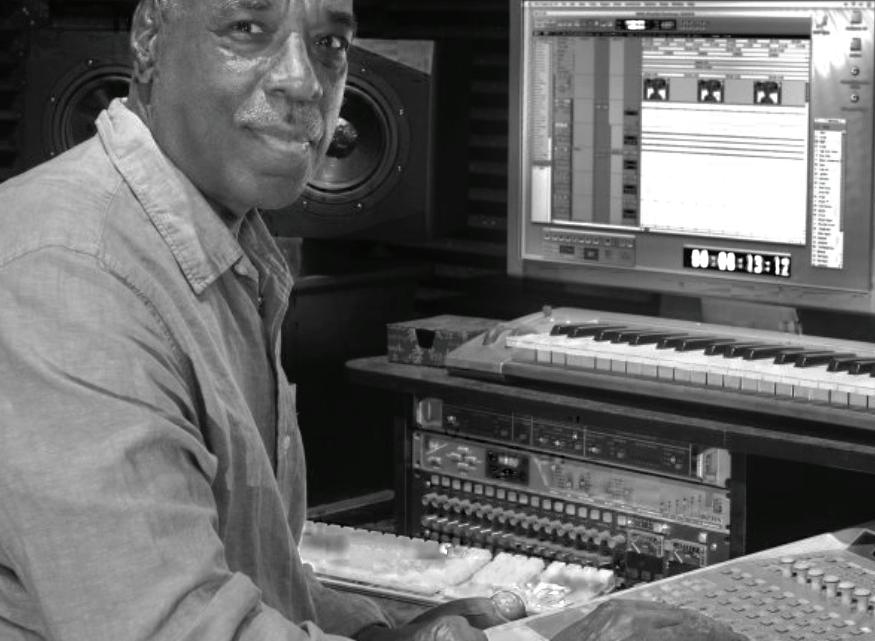 Photo Taken By Gregory Robinson
Photo Taken By Gregory Robinson
I want to thank Mr. Greco, for helping me through my research and writing process. I want to thank Ms. Parkinson for helping me design this book, and I would also like to thank my two interviewees, Alan Bendit, and Gregory Robinson, for taking the time to talk with me and giving me insight into their lives. Thanks to Jake, Kai, and Ryan for helping me edit my book design and my paper.
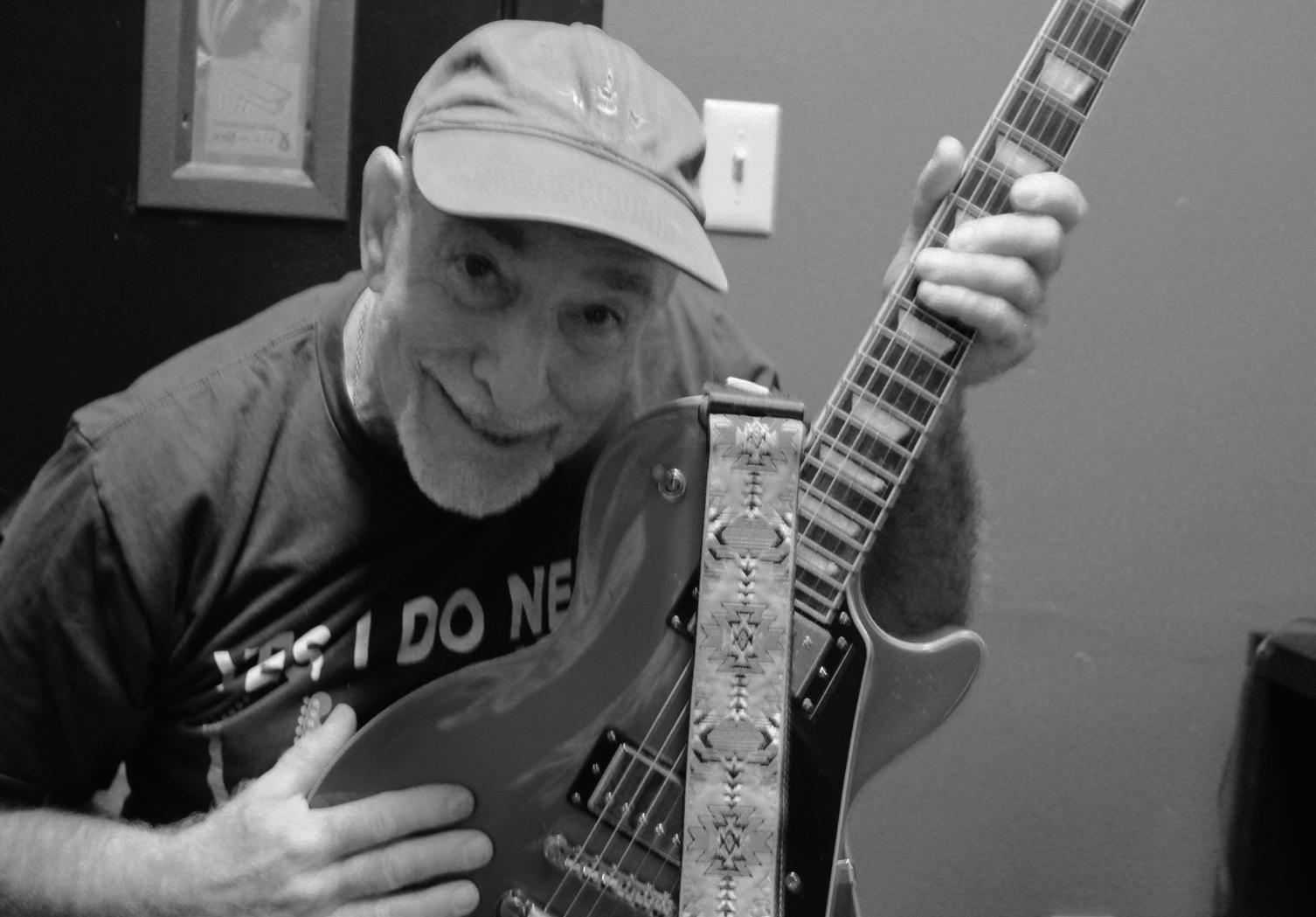


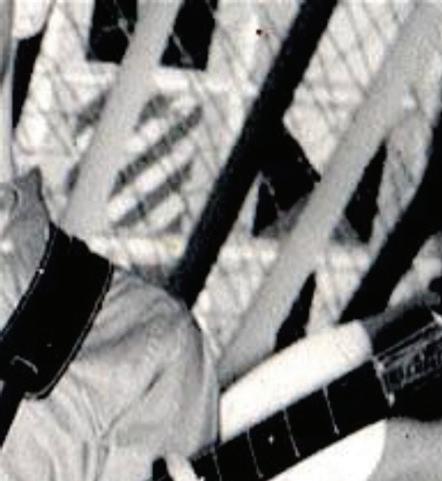
The Freestyle Documentary was one of the most challenging projects I have ever done. When it comes to design, I am a perfectionist; if the littlest thing is off, it can take me hours to regain my focus. For this project, I didn’t have time to be a perfectionist. I had to find a subject in our community, whether it be a person, place, or thing, research it, interview people related to it, take photographs, and synthesize all of these parts into a final product in Adobe InDesign. I learned so much by exploring my central question: How did the influence of 1960s rock music change the social and political climate of our nation? The 60s were a time of opposition and protest, something my generation still carries with us through our similar defiance and hunger for change. I did many revisions of the English paper, and I am very proud of how this project turned out.



 Taken by © 2023 G/O Media
Taken by © 2023 G/O Media
Rock’n’Roll is a part of everyday life. Whether you like it or not, it is always there. Whether it’s your favorite car chase scene, hearing the roar of the guitar, feeling the anticipation as you sit at the edge of your seat, attempting to predict the outcome. The music your parents force you to listen to in the car—you can’t help but tap your feet to that drumline. Eating the best pizza of your life, wiping the grease from your mouth, while Bohemian Rhapsody plays in the background.
For some people rock is a loud inconvenience—for others, it’s a lifestyle. What some fail to realize is how much Rock’n’Roll actually shaped our nation. It isn’t just about the harmonious sound, the melodious guitar line, or how the singer seems to invoke passion with every line. It’s the political message of Rock. How can Rock have so much political influence? Whether it be The Beatles, creating generations of fans through timeless writing; Janis Joplin, challenging puritanical and conventional roles for women; or Marvin Gaye, being a vehicle of racial equality through his powerful lyrics, Rock is much more than just a music genre. It is power; in other words, it is political. It is something that in this current time period, despite the aggressive guitar line, represents peace in a time of social and political war.






 Previous Photo Taken by The Guardian, Photographed by ap
Taken by Alan Bendit
Previous Photo Taken by The Guardian, Photographed by ap
Taken by Alan Bendit












Head-bopping, the hair flowing, and the guitar strumming, not to mention the thousands of screaming fans, one thing comes to mind: The Beatles, more specifically The song Revolution. The song Revolution by The Beatles is a seminal Rock song that sympathizes with peace-loving Americans who opposed the Vietnam War. This song propelled itself to be a vehicle of protest, especially as casualties mounted on both sides—ultimately, over 58,000 American soldiers and several million Vietnamese people died in this war. Throughout the song, Revolution, Lennon points out that the way to protest is not through brutality or aggressive indignation, it’s through love and peace. Lennon points out the hypocrisy of protesting violence with violence through his lyrics. Due to his major influence on the public as a musical virtuoso, Lennon was able to project his message through one of the most iconic portrayals of the Summer of Love we have today. According to Thomas Forte, “The general consensus of the American public on Vietnam seems to be that it was an unwinnable war, fought for a questionable cause that ultimately led to nothing but dead Americans and a loss of faith in the U.S. government.” John Lennon was one Individual that particularly protested the violence of the Vietnam War. In the words of John Lennon, “Peace is not something you wish for; it’s something you make, something you do, something you are, and something you give away.”
During the late sixties, Alan Bendit, a local musician, sound producer, and music teacher shared his firsthand experience as a young man in San Francisco trying to escape the draft while working on his music. He describes his struggle as he enlisted in the Navy, expecting to immediately be given busy work, like scrubbing the deck or cleaning the toilets, not fighting overseas. “I looked like a hippie with a sailor’s outfit,” he recalls, juxtaposing his Navy uniform and his long and wild hair. Reflecting on his time stationed in San Francisco, he describes the people as friendly, always helping him to where he needed to go. He wanted nothing more than to get out of the Navy and pursue his musical career there. When he got orders to go to Vietnam, he was intent on finding any escape, even if that meant being thrown in the psychiatric ward for the following months. As he sat with his papers outside of a psychiatric division to get evaluated for service in Vietnam, he went over
possible loopholes to get out of war. When the head of the division arrived, Bendit began to choke him and shout absurdities to make the lieutenant believe he was not in the right mind to fight in the war. The Lieutenant was frightened and convinced enough that he wrote a letter explaining that Bendit was not fit to serve in Vietnam. Bendit’s experience was sadly one many Americans in the 1960s had to face. According to James M. Lindsay from the Council on Foreign Relations, “Much as poetry provides a window into the Allied mood during World War I, anti-war songs provide a window into the mood of the 1960s. It was one of anger, alienation, and defiance” (“The Twenty Best Vietnam Protest Songs”).
Anti-war songs were one of the most common music types during the 1960s, due to the fact that that time period is when radical oppositionist groups began to arise like the hippies, defying and going against what any generation prior did. Anti-war music was one specific sub-rock genre that the 1960s popularized. Anti-war music has retained its relevance today because it’s a shared medium that communities use to protest injustices. Artists of the 1960s created the significant social and political change from which modern music draws heavy influence.









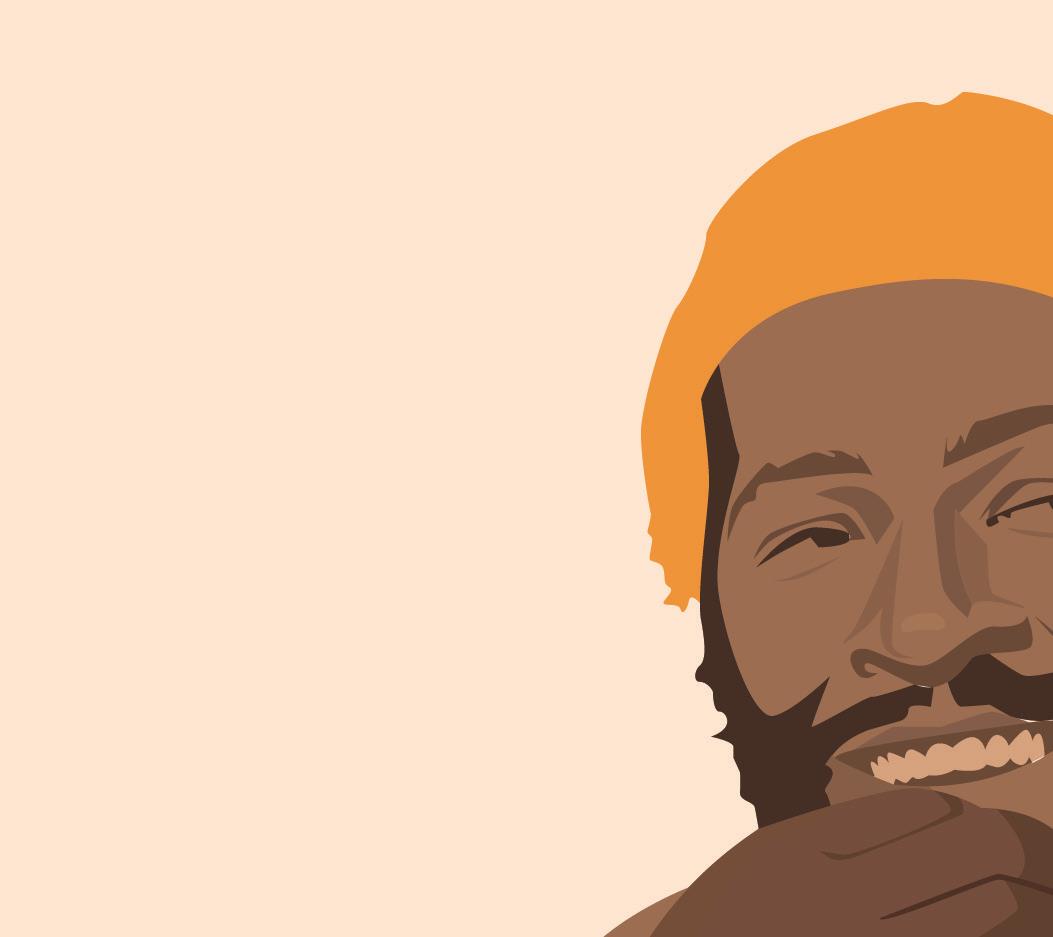

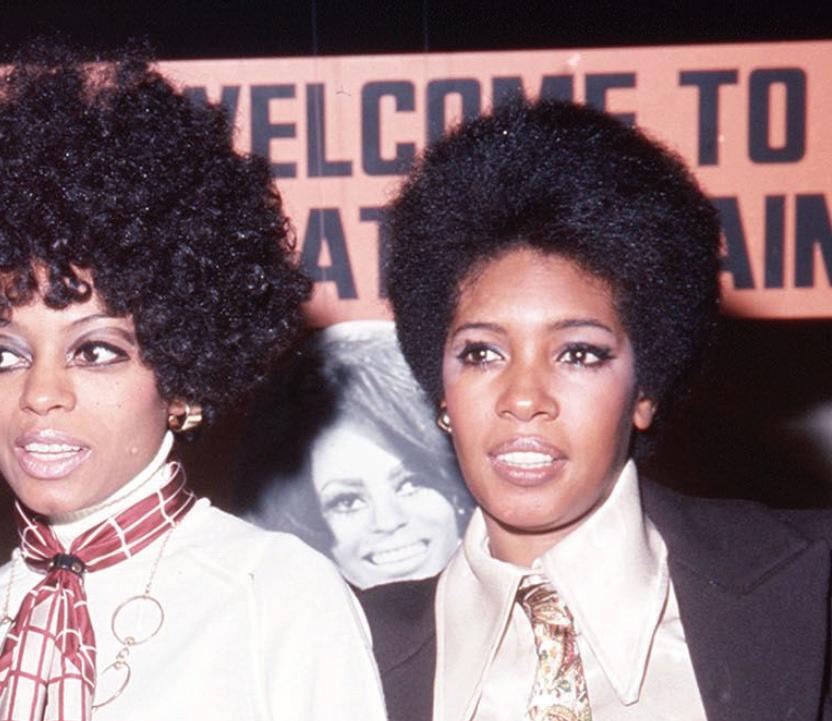
Fifty-two years ago, Marvin Gaye headed into a music studio in Detroit, unaware he would produce one of the most unifying, influential, and melodic songs ever greeted: What’s Going On. The song was written for Marvin Gaye’s brother, Frankie Gaye, from the perspective of a Vietnam War veteran. When Frankie returned from war, Gaye perceived that the war changed his look on life, therefore writing the song from his perspective. What’s Going On became popular for its commentary on the social injustice that ran rampant during the time. Although many songs did reflect the shared experiences of African Americans, What’s Going On” had a distinct quality that emulated a certain sense of familiarity and hope. Through repeating phrases such as “Mother, mother. There are too many of you crying. Brother, brother, brother, There’s far too many of you dying,” Gaye unites the black community by using words that represent family, highlighting the shared experience of African Americans. The success of this song does not go unnoticed, Nelson Mandela recited the lyrics in 1990 for a populated Tigers Stadium, and the song reached #2 on the Billboard charts and ranked in the top 400 songs of all time by Rolling Stones Magazine. In the words of Gregory Robinson, sound designer, composer, and songwriter, whose musical works are featured in the Emmy-award-winning documentary How We Played the Game, “It was and is an anthem for what was and is the state of social consciousness in this country. Marvin Gaye was a musical genius, with a spiritual awareness and sensitivity, that enabled him to write that song, produce it in a style, and feel that connection with humanity, and still does, to this very day. Some could say that Marvin Gaye had prophetic visions.”
Robinson was alive during the height of the Civil Rights Movement. His experience as a black man in the 1960s and a music virtuoso allows him to describe the deeper meaning of many of the songs made by African Americans. Most of the sub-rock genres or Rock adjacent genres were brought to us by the black community in the 1960s. As Robinson explains, “Black culture, if we are talking about music and sound, is the foundation of the musical landscape in this country.” There was a major overlap between the Rock of the anti-war
Previous Photo Taken by ©Hearst Magazine Media, Inc-Gregory Robinson
“Black culture, if we are talking about music and sound, Is the foundation of the musical landscape in this country.”
protests of the 1960s and the Rock of the Civil Rights Movement. The major unifying factor was the peace that was preached in both movements. The major effect of music from the 1960s was its agelessness and its beacon of hope quality, which can still be applied to the injustices African Americans in our nation still face.






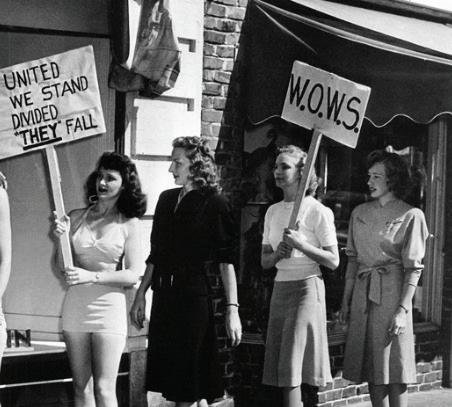
She was the queen of Rock’n’Roll, the radical woman who opposed conventional gender roles, Janis Joplin is a musician that paved the way for women to be viewed as more than just “pure” and “uncontaminated” objects. Piece of My Heart by Janis Joplin and Big Brother & the Holding Company tells the story of a woman being manipulated in a romantic relationship, ready to give yet another piece of her heart away. At the end of the song, she declares her independence as more than just an object of lust: “But I’m gonna show you, baby, that a woman can be tough.” This lyric juxtaposes the beginning of the song, “Didn’t I give you nearly everything that a woman possibly can” as she begins to assert her liberty and aggression. Joplin became one of the most memorable figures in 1960s Rock. The Monterey International Pop Festival, held in San Francisco, was later deemed the event that began the Summer of Love and skyrocketed Joplin’s career as she was the soundtrack of it. Although a lot of the songs she sang were covers, they later became the most memorable version of the song due to her interpretation of them, her passion for invoking the lyrics, and her attack on each note. Through Joplin’s growing popularity, she became the face of non-traditional gender roles: she wore masculine clothes yet embraced femininity; she performed authentically, creating a beam of support for women all around the nation. She furthered the message that it was okay to be masculine as a woman or be feminine or any combination of the two. Janis Joplin’s challenge to traditional gender norms in the 1960s represents the way Rock music has fueled feminist movements that remain relevant today, such as the Sexual Revolution. The Sexual Revolution was a radical movement that supported the idea that women have the same sexual appetites as men. According to a study conducted by Far Out Magazine, “By the end of the 1960s, the frequency of premarital sex in America had doubled by over 20% since World War I. Indeed, a paradox of the sexual revolution is that women were simultaneously encouraged and punished for engaging in sexual activity” (Kemp). Women are still fighting for the right to be seen as more than just “pure” beings, however, thanks to artists like Janis Joplin from the 1960s, performing lyrics that normalized the sexuality of women, it
has become more normalized for women to embrace their sexuality. “In a study of 13 rock hits released between 1968 and 1972, nine were initiated by men and four were initiated by women. However, in the period 1973-1977, the report finds that “females became more aggressive, 26 times compared to the male 22” (Kemp). This study provides an effect of how Rock allowed women to begin to take back their power. More and more women followed Joplin and began to produce rock music that again, changed the way the public viewed women’s sexuality. Joan Jett, Amy Winehouse, and Madonna were later viewed as Rock icons that were authentically unafraid to be aggressive or sexual. Rock of the ’60s paved the way for future generations of women to not be ashamed of their sexuality in music and in life.
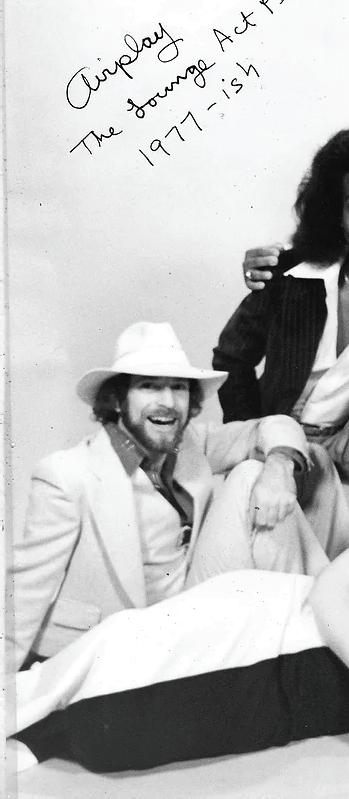





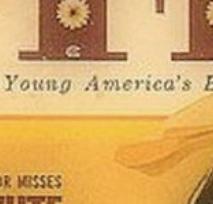



In conclusion, the 1960s were a time period of defiance, protest, and passion, many of the political and social changes in the 1960s were created and popularized through Rock’n’Roll music. Whether it be protesting the Vietnam War through peace, protesting the oppression and brutality of the Civil Rights Movement, or protesting the sexuality and independence of women, the legacy of the 1960s is about more than just “peace and love” it is about standing up for what you believe in and fighting for it through music. My generation, generation z, and the music that we resonate with is a prime example of the legacy of the 1960s, as we continue to stand up against social and political inequality through a common media: Rock’n’Roll.















“American Civil Rights Movement.” Encyclopædia Britannica, Encyclopædia Britannica, Inc., 17 Apr. 2023, https://www.britannica. com/event/American-civil-rights-movement.
Bendit, Alan. Personal Interview. 28 February 2023.
Bendit, Alan. Personal Interview. 7 March 2023.
Eames, Tom. “The Story of... ‘What’s Going on’ by Marvin Gaye.” Smooth, Smooth, 24 May 2021,https://www.smoothradio.com/fea tures/the-story-of/whats-going-on-marvin-gaye-meaning-facts-lyrics/.
Forte, Thomas. “History 118: US History since 1877.” History 118 US History Since 1877, 19 Apr. 2017, https://blogs.dickinson. edu/hist-118pinsker/2017/04/19/2895/#:~:text=The%20general%20consensus%20of%20the,faith%20in%20the%20 U.S.%20government.
Goodier, Mandi. “The Evolution of Music: The Music Revolution of the 1960s.” Reader’s Digest, https://www.readersdigest.co.uk/ culture/music/the-evolution-of-music-the-music-revolution-of-the-1960s.
Joplin, Janis. “Piece of My Heart.” Cheap Thrills, Columbia Records 1968
Kemp, Sam. “How Music Fuelled the Sexual Revolution.” Far Out Magazine, 25 Nov. 2022, https://faroutmagazine.co.uk/music-fu elled-sexual-revolution-thurs/.
McCollum, Brian. “Marvin Gaye’s ‘What’s Going On’ Turns 50, and Remains as Relevant as Ever.” Detroit Free Press, 12 July 2020,www.freep.com/in-depth/entertainment/music/brian-mccollum/2020/07/12/marvin-gayes-whats-going-on-50thprotests/5397442002/.
McGuinness, Paul. “‘Revolution’: The Story behind the Beatles’ Song.” UDiscover Music, 30 May 2022, https://www.udiscovermu sic.com/stories/revolution-story-behind-song-beatles/#:~:text=%E2%80%9CThere%20were%20three%20’Revolu tions’,year%20of%20the%2020th%20century.
NPR 100: What’s Going On.” NPR, 7 Aug. 2000, https://www.npr.org/2000/08/07/1080444/npr-100-whats-going-on.
“Piece of My Heart by Big Brother & the Holding Company.” ShieldSquare Captcha, https://www.songfacts.com/facts/big-broth er-the-holding-company/piece-of-my-heart#:~:text=The%20song%20is%20about%20a,of%20dynamics%20and%20subj ect%20matter.
The Beatles, “Revolution,” self-titled double album or “White Album,” 1968
“The Contribution of Janis Joplin to the Cause of Feminism and Sexual Liberation in Popular Music - Free Essay Example.” EDUZAURUS, 9 Dec. 2020, https://eduzaurus.com/free-essay-samples/the-contribution-of-janis-joplin-to-the-cause-of-feminism-and-sex ual-liberation-in-popular-music/.
Robinson, Gregory. Personal Interview. 29 March 2023
Rock ‘n’ Roll Quotes, http://www.notable-quotes.com/r/rock_n_roll_quotes.html.
Stone, Robert. “Robert Stone on the 1960s and a New Disruption in Culture.” Vanity Fair, Vanity Fair, 31 Aug. 2013, https://www. vanityfair.com/culture/2013/10/robert-stone-on-the-1960s.
“The Twenty Best Vietnam Protest Songs.” Council on Foreign Relations, Council on Foreign Relations, https://www.cfr.org/blog/ twenty-best-vietnam-protest-songs.
“Vietnam War: Causes, Facts & Impact.” History.com, A& E Television Networks, https://www.history.com/topics/viet nam-war/vietnam-war-history.
Gaye, Marvin “What’s Going On,” 11th edition, Motown subsidiary Tamla, 1971

Luiza is a 17-year-old student at Mountain View High School and Freestyle Academy. Her main passion in life is art. Whether it’s fine art, photography, or graphic design, Luiza spends hours at a time being creative. Her dream in life is to turn her passion into a career by studying graphic design in college and obtaining a job in that field. She is fluent in English, and Portuguese, and is proficient in Spanish. Luiza enjoys playing guitar outside of school and spending time with her friends, family, and cat. She has designed various things for the community including The Out Of Darkness T-Shirt
Logo Design, The Turkey Trot Design, The Silent Auction Catalog for Bullis Charter School, the Golden Gate Park Band Festival Program and T-shirt, MVHS Oracle
Youtube Channel Backsplash, and KPOP Dance Club
Exec. Board Design, Golden Gate Park Band Festival, and more! Luiza is so thankful to be a Freestyler, for it is the best part of her day.
